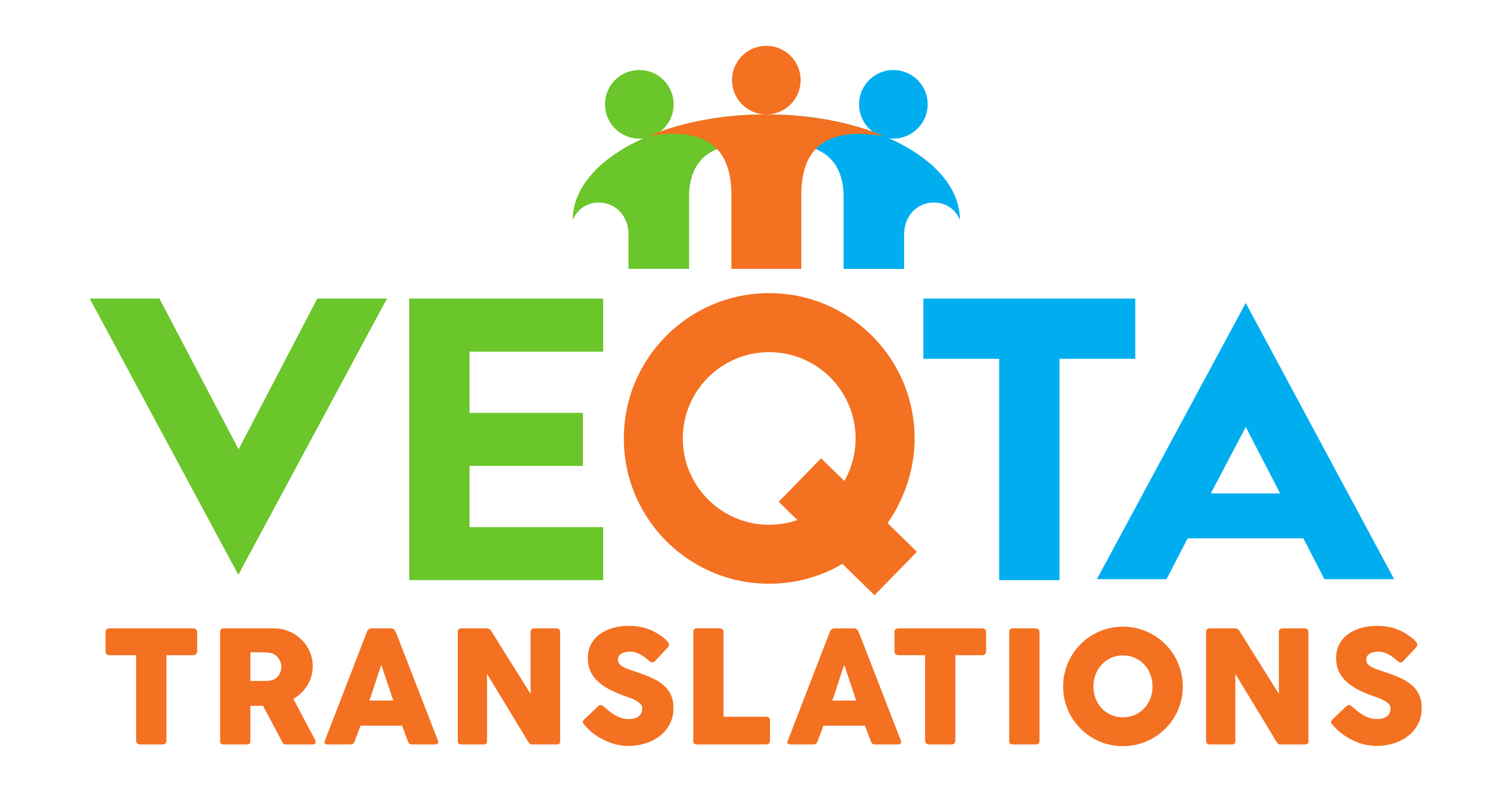Tone is where Thai and English most often clash. Thai relies on particles, honorifics, and rhythmic phrasing to signal warmth and respect; English does the same work with sentence structure, lexical choice, and context. When teams translate literally, polite Thai can become cold English—or, worse, passive and vague. This article breaks down seven tone and politeness challenges and offers concrete tactics to keep respect visible without sacrificing clarity or response rates.
1) Reproducing Particles (ค่ะ/ครับ, นะ, สิ)
Particles carry social signals, not semantic content. In English, emulate with softeners (“please,” “could you”), cadence, and punctuation—never with awkward transliteration.
2) Apologies and Accountability
Thai apologies can be elaborate but indirect. In English, accountability matters. Combine empathy with ownership and remedy: “We’re sorry for the delay and will ship by Tuesday.”
3) Requests and Imperatives
Thai often wraps requests in deference. English readers prefer clarity. Use polite directness: “Could you upload the files by 5 p.m.?” rather than metaphorical hedging.
4) Negative Responses Without Face‑Threat
Saying no is delicate in Thai. In English, offer alternatives and reasoning to preserve rapport: “We can’t extend the trial, but we’ve added a walkthrough and Q&A session.”
5) Titles and Second‑Person Address
Avoid overusing names and titles in English; it can feel theatrical. Establish status once, then maintain respect with consistent register.
6) Humor Across Cultures
Wordplay and tonal jokes rarely survive. Prefer situational humor and relatable examples. Always pilot test campaigns before launch.
7) Politeness vs. Conversion in UX Writing
Over‑softened CTAs can underperform. Pair polite framing with decisive verbs (“Start your free trial”) and supportive microcopy.
Conclusion
Your English tone should feel courteous, confident, and actionable. With a particle strategy, apology framework, and CTA guidelines, teams can protect Thai politeness while meeting English reader expectations.
FAQs
Q: Do we ever keep Thai particles in English?
A: No, except in cultural notes or language‑learning materials.
Q: What’s the best way to train tone?
A: Build a playbook of before‑and‑after examples and run live edit sessions.
Q: How do we measure tone success?
A: Track response rates, CSAT, and readability metrics alongside brand reviews.
Q: Can we use emojis in English localizations?
A: Only if on‑brand and tested; avoid where formality is required.
Q: How do we align global and Thai tone standards?
A: Document channel‑specific norms and maintain a shared term base.


